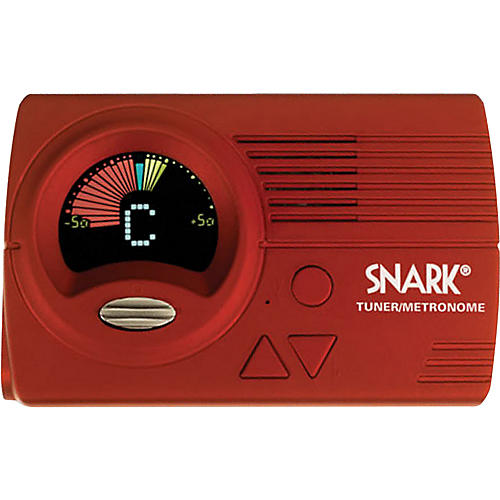

There’s no question a tuner is an essential tool for 99% of guitarists out there. And besides, your tuner will help you make adjustments to your guitar’s intonation - so it can be in tune at all - and facilitate alternate tunings if that’s your bag. In the past, we might have tuned by ear to a tuning fork or reference pitch, and that was more or less good enough for rock’n’roll, but this approach takes training of the ear to be anywhere near accurate. That’s easy – because you are not a sadist and you wish to keep your bandmates and audience sane! There’s nothing worse than an out-of-tune guitar, or indeed the sound of a guitar tuning up. Allow us to walk you through them: Why do I need a clip-on guitar tuner? To find the right tuner for you, it’s important to start by asking yourself a few key questions. If you’re looking for an entry-level clip-on guitar tuner that’s small enough to throw in the gigbag or jacket pocket, this is a very decent option. There is even a tap-tempo metronome mode, which again is an excellent feature at the price. The accuracy is not posted by Snark, and while tuners from the likes of Peterson and TC Electronic would lick it in those stakes, the Snark will be fast and accurate enough for most players, and is especially easy to get to grips with for beginners. It clamps on tight to your headstock, offering a chromatic tuner that can be switched between microphone mode for tuning acoustic instruments and vibration mode, which uses a transducer to convert and interpret the string’s vibrations into a tuning reading.

Snark makes clip-on guitar tuners in many different colors, in many different styles, but there is a recurring theme in that they are all very accessibly-priced and have a bright colorful screen that makes them visible in low light situations – y’know, like the stage. Beginner guitar gear essentials and guitar accessories.Treat your axe to one of the best guitar cables.Of course, it is worth bearing in mind that tuning your guitar with a super-accurate strobe like this can be tricky for inexperienced players, but those who use them swear by them. It’s not for everyone but for those occasions when the tuning just doesn’t sound right a sweetened tuning is often the solution. Sweetened tunings take account of how, say, a Telecaster with a three-saddle bridge might wobble in tuning as you fret a chord higher up on the fretboard, and makes the according adjustments. The StroboClip HD has a huge HD screen, soft rubber-gripped jaws, drop tuning and capo settings, and can accommodate over 50 of Peterson’s sweetened tunings, taking account for the tuning foibles of some of the most popular makes and models of guitars. At 0.1 cents accuracy, the StroboClip HD will satisfy the most pedantic ears in the audience, and prepare your instrument for recording and performance. You are not going to find a more accurate clip-on guitar tuner on the market. It can be mounted either on the front or the rear of your guitar’s headstock and there’s a visual metronome on-board too, keeping you in tune and in time. The D'Addario Planet Waves NS Micro Universal clip-on guitar tuner is compact, discreet and super cheap, but it still brings a lot of functionality to the table, with an easy-to-read digital display with switchable colors and a dual-swivel clip-on mount so you can view it from most angles. It’s not the cheapest clip-on out there, but it works excellently and, at a push, is our number one pick. The display is bright, the design is excellent, and you can easily switch modes between PolyTune, strobe and chromatic. Whether in pedal or clip-on form, the TC Electronic PolyTune Clip (opens in new tab) has been a game-changer for many players, allowing you to play all the strings at once and see which are in or out of tune. Secure your axe with the best guitar strap locksīest clip-on guitar tuners: Our top picks.Best guitar tuners: chromatic, polyphonic and strobe options.This guide not only shares 10 of the best clip-on guitar tuners you can buy today but also explores the benefits a clip-on tuner has over alternatives such as a tuner pedal, rack-mounted unit, or - eek! - a tuning fork and your ear. Just attach it to the headstock of your guitar, play a note, check the reading, and bring the string to pitch - really, it's that simple.


 0 kommentar(er)
0 kommentar(er)
